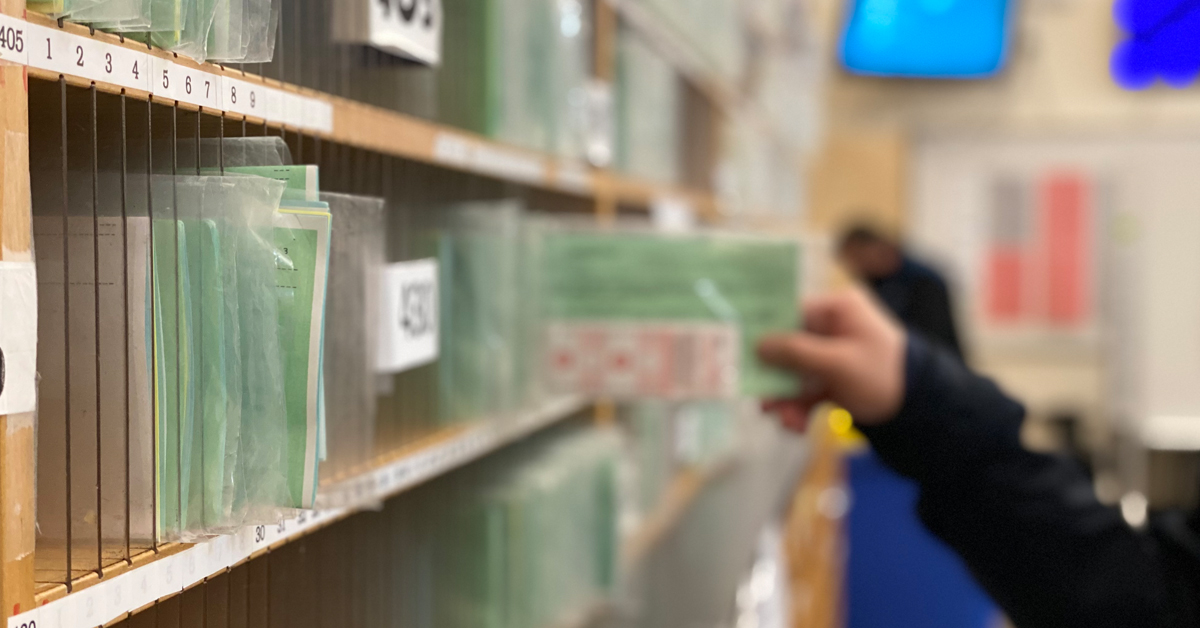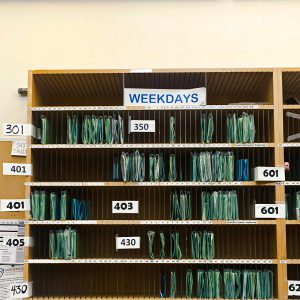
Have you ever wondered how bus operators know their route and what time they should be at a particular stop? Wonder no more!
It’s a special paper document called a “bus paddle.” Yup, paper! And it’s in Courier font, so it looks like it’s printed using a dot-matrix printer.
These paper-based schedule forms contain information about all the routes that the bus driver will operate in a day, as well as all the times and directions. In short, the paddles provide turn by turn directions of the route for the transit operators to do their job!
According to employees and notes from archived materials, in British Columbia, the term originated from the old BC Electric paddles which were used on the street cars from 1897 to 1914. Single track trains used a piece of wood that had the schedule on it and they looked like a paddle. It was handed over to the conductor of the train going the opposite direction and away it went.
Today, the bus paddles are issued to transit operators before they start their shifts. They usually pick them up in the sign in area of the transit center. For example, at Richmond Transit Centre, you will find them in a lounge area, neatly organized on the shelves according to the bus routes and weekdays/weekends.

The bus paddles are coloured differently depending on the day of the week: the Monday to Friday paddles are green, the Saturday ones are brown, while Sunday is white.
The details included in the paddles are also logged into the Transit Management and Communications (T-MAC) system, a supporting communication technology that helps transit operators to maintain communication with the operation team.
You may wonder, “Why paper paddles in the digital age?” One of the reasons is that paper copies are extremely handy in case if the system goes down. Following the recent cyberattack, the bus paddles have been essential in keeping the transit system running.






Im A bus driver with all technology why don’t they make a btter system
Thank you for posting this. I stumbled on the use of the word paddle while Internet surfing and I was stumped as to what the word meant in this context. Finding your post cleared it up for me. Good on you for shedding light on the meaning.
Thanks for the info very helpful.
Thank you for this information!